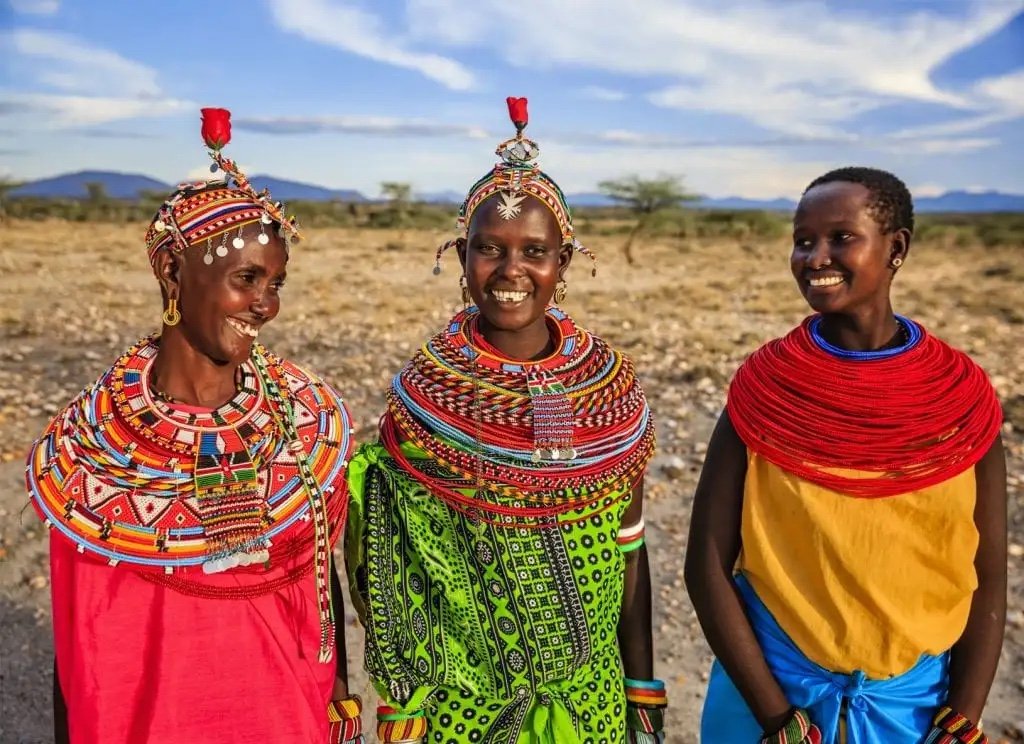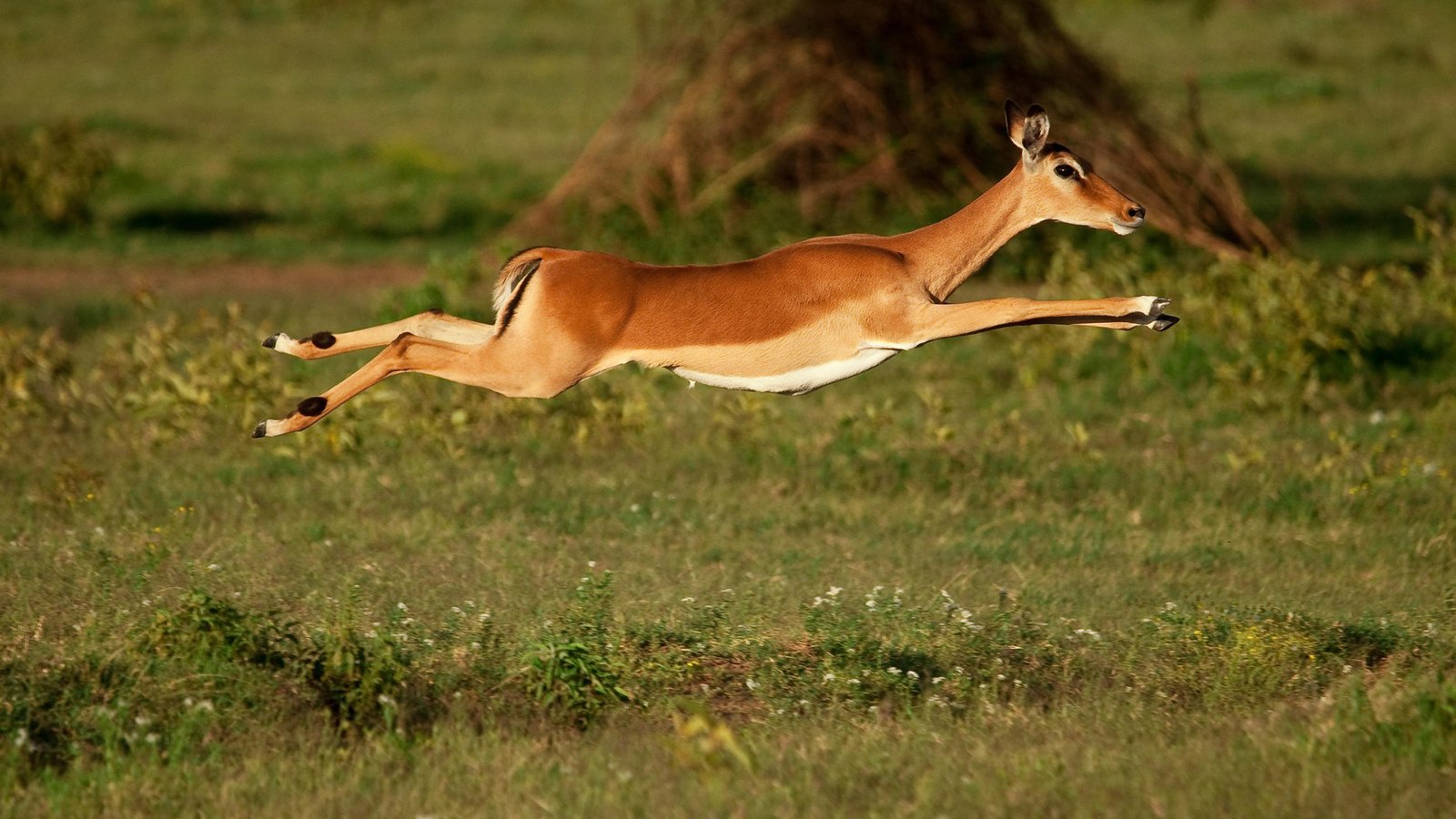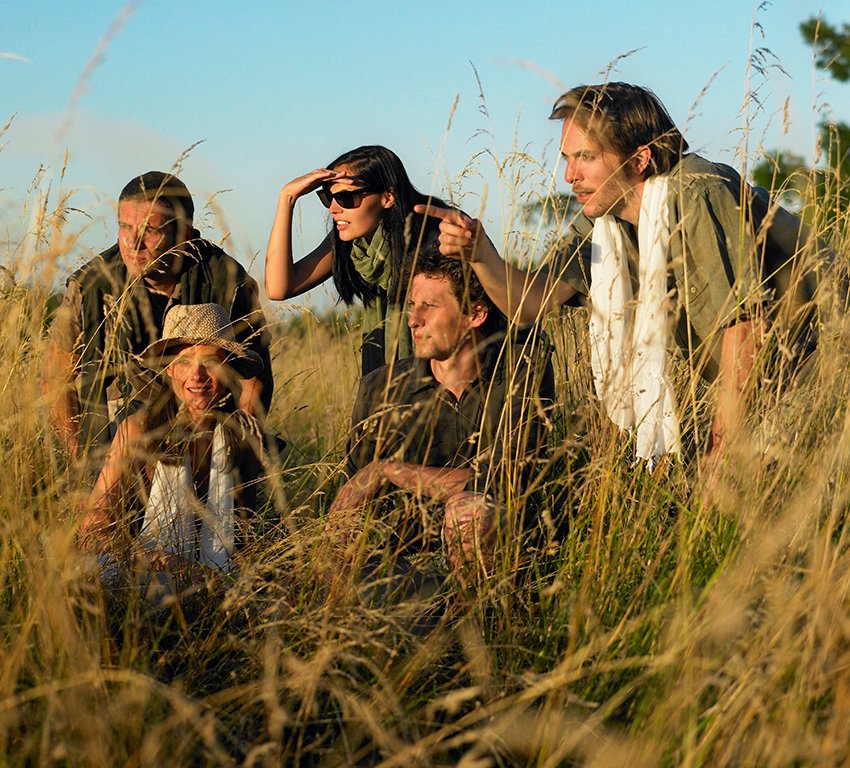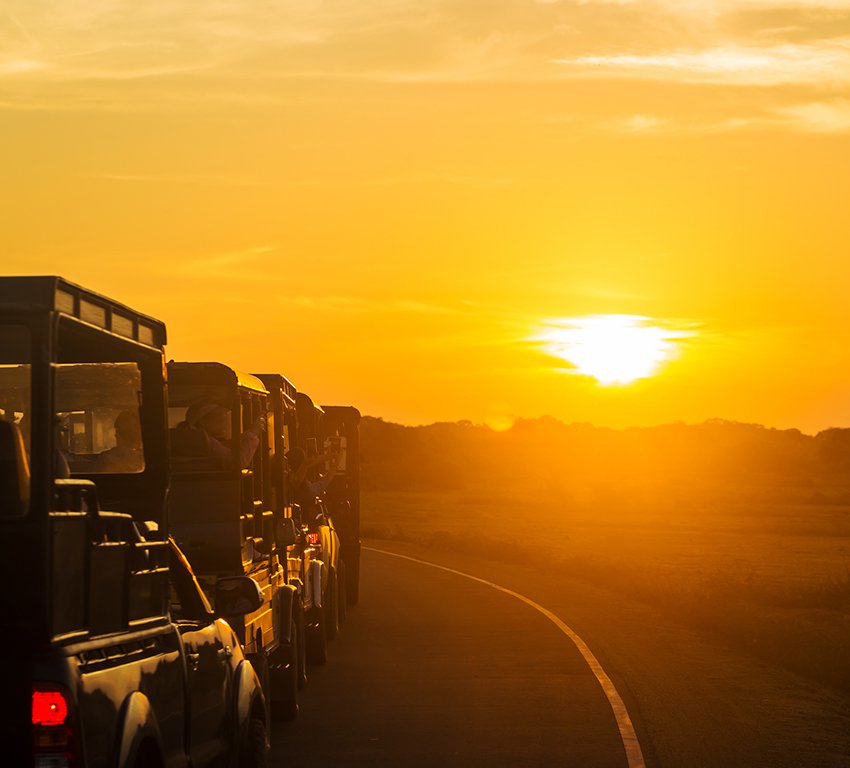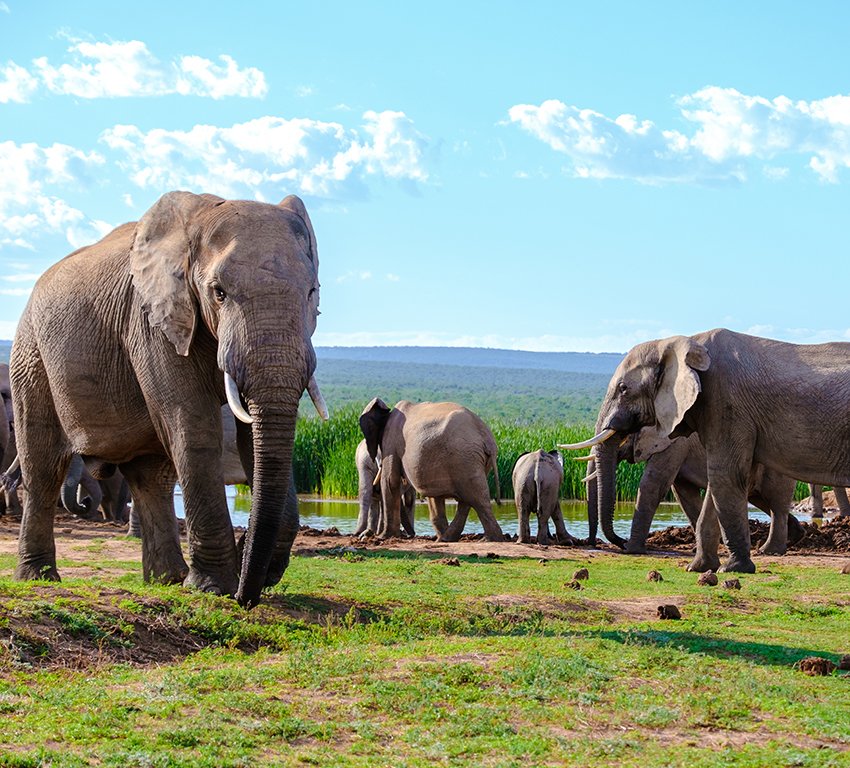Kenya’s Rich Archaeological Legacy
Situated in East Africa, Kenya holds a prominent place in the study of human history, often referred to as the Cradle of Mankind. Its archaeological sites provide compelling evidence of early human development and evolution. While not as renowned as Tanzania’s Olduvai Gorge, Kenya’s archaeological sites are equally captivating, offering profound insights into our ancient past.
The Cradle of Mankind Debate
The question of where the Cradle of Mankind, the birthplace of humanity, truly lies continues to spark debate. It is widely accepted that this pivotal moment in human evolution occurred in Africa, but the specific location within Africa remains a subject of discussion.
This debate centers on whether East Africa or Southern Africa can claim the title of the true Cradle of Mankind. Regardless of the outcome, Kenya stands as one of the most significant countries for the study of early humans.
The Leakey Legacy
In the realm of anthropological archaeology in East Africa, the name Leakey is synonymous with pioneering work. Louis and Mary Leakey played instrumental roles in advancing the understanding of human evolution. Louis Leakey’s persuasive arguments led to the consensus that Africa is indeed the cradle of mankind, a viewpoint now universally acknowledged.
The Leakeys were also responsible for discovering many of Kenya’s archaeological treasures. Their legacy continues through their son, Richard Leakey, who remains involved in this field to this day.
Kenya’s Archaeological Wonders
Kenya boasts a wealth of prehistoric sites that shed light on our ancient ancestors and the evolution of life on Earth. Some of the most renowned sites include:
- Hyrax Hill: Located near Nakuru, this significant neolithic excavation site dates back to 1500 B.C. It was discovered by Louis and Mary Leakey in 1926. Among its finds are a fortress and several tombs.
- Koobi Fora: This site is a treasure trove of hominin fossils, offering insights into human evolution spanning over 4.2 million years. Beyond humanoid fossils, it provides a detailed glimpse of the region’s fauna and flora, stretching back to the Miocene era.
- Pate Island (Kenyan North Coast): This ancient port town has revealed evidence of human activity dating as far back as the 7th century. Remarkably, Chinese porcelain artifacts discovered here attest to centuries-old Chinese-African trade relations.
- Kariandusi (near Lake Elementaita): In 1928, the hand-axe man was discovered at this site. A rise in the lake’s level forced prehistoric communities to abandon their lakeside homes, leaving behind a wealth of preserved tools and weapons.
- Olorgesailie (Eastern Rift Valley, approximately 70 km south of Nairobi): This site is a treasure trove for geology, paleontology, and archaeology. It boasts volcanic ash that preserved numerous animal fossils, including now-extinct species. Abundant hand axes and the skull of Homo erectus were also unearthed here.
Kenya’s diverse array of archaeological sites spans various eras in Earth’s history, making it a haven for archaeologists and a testament to the country’s rich heritage.
Sibiloi National Park: The Cradle of Humankind
Nestled on the shores of the world’s largest desert lake, Lake Turkana, Sibiloi National Park in Kenya holds a special place in the annals of history as The Cradle of Humankind. This extraordinary park, designated as a World Heritage Site, is renowned for its unparalleled fossil and archaeological significance, making it a haven for intrepid travelers seeking a unique safari experience.
The Remarkable Landscape
While the land may appear harsh and arid, it possesses a raw and captivating beauty that is uniquely its own. Sibiloi National Park encompasses a diverse terrain that includes the lake’s shoreline, savannah plains, volcanic landscapes, and riverine forests. Lake Turkana, often referred to as the Jade Sea due to its striking color, stands as the largest of the Rift Valley Soda Lakes, spanning nearly 270 kilometers in length.
Sibiloi National Park is situated along the eastern shores of Lake Turkana, near the border with Ethiopia, covering an expansive area of just under 1,600 square kilometers. Collectively, Sibiloi National Park, the South Island, and Central Island National Parks form the Lake Turkana National Parks.
The Cradle of Humankind
Sibiloi National Park was established primarily to safeguard the fossil sites that have significantly contributed to our understanding of human evolution. This region, known as the Koobi Fora Region, lies at the epicenter of archaeological, paleontological, and geological interest. It has served as a living record of Earth’s movements, the origins of humanity, and the evolution of mammals over the past four million years. What makes it even more compelling is the vast, unexplored land area with exposed fossils that continues to pique the curiosity of researchers.
Over the last three decades, this region has yielded remarkable discoveries, including a Petrified Forest and thousands of fossils. Among these finds are over 300 hominid specimens, as well as the remains of colossal creatures such as a giant crocodile, tortoise, and elephant. Dr. Richard Leakey unearthed the ancient skull of an early human at this site, solidifying Sibiloi and the Turkana Basin as epicenters of scientific study and research.
Remarkable Wildlife
Despite its extreme heat and arid conditions, Sibiloi National Park hosts a surprising array of wildlife. Adapted to thrive in such environments, species like Grevy’s zebra, Beisa oryx, Gerenuk, and greater kudu call this park home. Predators like lions, leopards, cheetahs, striped and spotted hyenas, jackals, and caracals complete the ecosystem. Central Island, located within the park, serves as a critical breeding ground for Nile crocodiles.
The birdlife here is prolific, with over 300 species recorded around Lake Turkana. During the summer months, migrant species further enrich the avian diversity. Flamingos and pelicans, in particular, thrive in the alkaline lake’s waters. On the shoreline, a variety of waterbirds, including African skimmers, herons, and gulls, can be spotted. Sibiloi National Park is also home to local species like the crested lark and Heuglin’s bustard.
Exploring Sibiloi
Visitors to the park can begin their journey with a visit to a well-curated museum located near the main research camp. For a more comprehensive experience, consider a fly-in tour of Koobi Fora. To truly appreciate the park’s wonders, allocate several days for exploration, as there is much to see and experience in the area.
Sibiloi National Park offers more than just natural beauty; it presents an opportunity for cultural exchange with local tribes such as the Gabbra, Turkana, and Dassanach. Interacting with these communities, each with its rich traditional culture, provides a deeper understanding of the region’s heritage.
Notable Attractions
– Lake Turkana: Witness the mesmerizing color changes of the world’s largest permanent desert lake, from grey to blue to jade, influenced by algae growth and shifting winds.
– Petrified Forest: Explore this unique site at the edge of Sibiloi Mountain, located at Alia Bay.
– Karsa Waterhole: A rare oasis of standing fresh water, attracting a variety of wildlife seeking hydration.
– Jarigole Pillars: An excavation site revealing a pre-iron age burial ground.
– Koobi Fora: The epicenter of fossil skeletons and archaeological discoveries.
– Karari Escarpment: Explore excavations of two ancient sites dating back over a million years.
– Nature Walks: Stroll through the petrified forest and along the Koobi Fora spit, where the land itself tells the story of Earth’s history.
Sibiloi National Park beckons to those who seek a safari experience beyond the ordinary, where the echoes of ancient humanity resound amidst the rugged beauty of Lake Turkana’s shores.
Menengai Crater: Where Nature and Mystery Converge
Nestled near Nakuru, Kenya, Menengai Crater beckons with its breathtaking landscapes, but it’s also steeped in local folklore about wandering spirits. This intriguing destination is believed to be the second-largest caldera in the world, spanning 90 square kilometers and towering nearly 2,500 meters above sea level. It offers awe-inspiring vistas, including captivating views of Lake Nakuru.
Spirits and Serenity
Menengai Crater holds a unique place in local history, as it was once the site of conflict between the Ilaikipiak Moran (also known as Maasai) and the Ilpurko Maasai, who battled over grazing lands. The defeated were cast over the crater’s edge, earning the place its name derived from the Maa word for ‘the dead,’ alluding to the fumaroles within the crater. Local legend suggests that these fumaroles represent the souls of the fallen warriors, forever yearning to ascend to the heavens.
Considered a profoundly spiritual site, Menengai Crater draws pilgrims from far and wide who come to meditate and pray. Some claim to have sensed the divine presence here. Yet, it is also rumored to be haunted by malevolent spirits that ensnare unsuspecting visitors.
Numerous accounts exist of individuals who ventured into the area, only to vanish mysteriously or return disoriented. Locals speak of spirit entities tilling the crater floor; witnesses describe tractors plowing, planting, and harvesting crops within the span of an hour. Some even recount seeing an umbrella-like object rising from the crater floor during rainfall.
Local residents share unsettling stories of witnessing a devil-like figure riding a motorbike on Devil’s Hill, known as Kirima Kia Ngoma, adjacent to the crater.
Exploring Menengai Crater
Menengai Crater is encircled by lush forests and safeguarded by the Kenya Forest Service. Its verdant landscape boasts a rich array of flowering plants and grasses, and visitors may encounter Kirk’s dik-dik, slender mongoose, black-faced vervet monkeys, tree hyrax, and mountain reedbuck. Bird enthusiasts can spot the Verreaux eagle, Abyssinian ground hornbill, African marsh harrier, and various forest-dwelling avian species.
Attractions:
– Scenic viewpoints overlooking Lake Nakuru and Lake Bogoria.
– Hiking and nature trails for exploration.
– Intriguing caves that pique curiosity.
– Picturesque picnic spots for a serene meal amid nature.
– The awe-inspiring Menengai caldera.
– Opportunities for mountain biking adventures.
– A haven for birdwatching enthusiasts.
Facilities:
– Curio shops to acquire memorable souvenirs.
– Campsites for a memorable overnight experience.
Menengai Crater is a place where the natural world’s beauty intertwines with enigmatic tales of the spirit realm, inviting both adventure seekers and those in search of tranquility to uncover its secrets.












